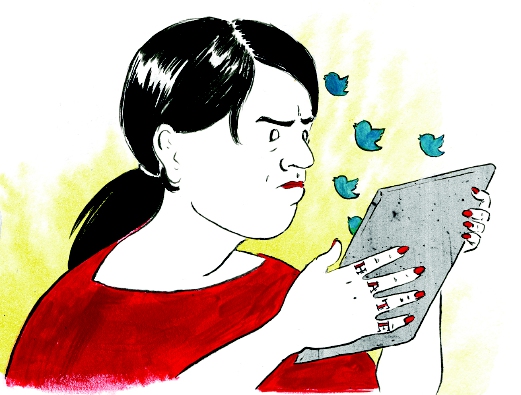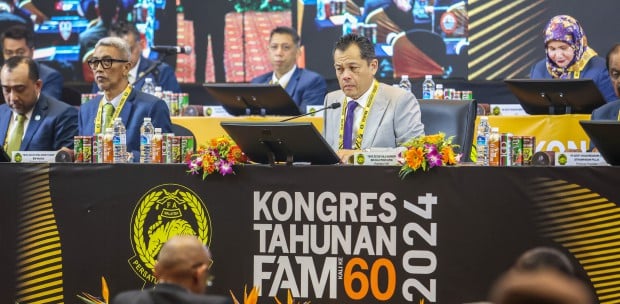The surat layang, a highly-infectious “ballistic missile” dispatch that assassinates a targeted person’s character and once widely used in the 1970s and 1980s, has changed its essence and texture.
This largely anonymous piece of caustic essay, also known as the poison-pen letter, has gone electronic like everything else and this has taken out much of its deadly sting. This is so since on the Internet, nothing can be totally anonymous as the source of postings are ultimately traceable, hence allegations made are almost always not as unadulterated and sceptic as the conventional “flying letters”.
During its heyday, the surat layang was willfully venomous, focusing its attack mainly on the victim’s alleged sexual misconduct or corrupt practices as the case might be. Highly readable stuff, but trashy and devoid of any journalistic standards and ethics.
Normally, it would be meant for the attention of a particular person or group of persons, but deliberately circulated to the world at large by post or other means of distribution. The hotter the issue at hand, the greater the demand for the letter, as more people would be asking whether you have read it — very much like an Internet posting going viral today.
A typical surat layang would sound something like this (with names censored): “Untuk perhatian Yang Berhormat. Skandal Datuk xxx yang menidih-nidih. Saya ingin memberitahu YB bahawa Datuk xxx sekarang mempunyai hubungan sulit dengan xxx, iaitu isteri kepada xxx, seorang pegawai tinggi di Kementerian xxx...” (For the attention of Yang Berhormat. Sizzling scandal involving Datuk xxx. I would like to inform YB that Datuk xxx is having an illicit affair with xxx, who is the wife of xxx, a senior officer in the xxx Ministry.)
The letter would make all kinds of allegations and provide details even more impressive than those provided by a private investigator.
Equally common were letters accusing officers of being corrupt, with frisking accounts of cases. The letters would be sent to a particular group, carbon copied to the then Anti-Corruption Agency and randomly posted from a major post office as this is hoped to cover the tracks.
The persons getting hold of such torrid stories would inevitably spread the news far and wide. Whispering campaigns would also be triggered.
Several menteris besar, politicians and top civil servants became prey to this over the years and some were either forced to resign from their posts or were unceremoniously sacked. Although basically an all-season phenomenon, the letters would somehow mushroom considerably just before the general election and political party conventions. A bit like political storybooks that fill the stores seasonally, but, however, carry the names of authors and publishers.
Nowadays, with the advent of social media and the fashionable practice of making postings “viral”, hence allowing for a faster and more extensive reach, the conventional surat layang has been reduced greatly in number.
But, Internet postings are definitely also far less in intensity as they cannot be 100 per cent anonymous. The art of surat layang, as is the art of writing, is dying.
On a related note, Oxford Dictionaries recently declared its 2016 word of the year “post-truth”, a new word as far as I’m concerned, coined to fit into various political and international intercourse. “Post-truth” is defined convolutedly as “relating to or denoting circumstances in which objective facts are less influential in shaping public opinion than appeals to emotion and personal belief”.
It has been wisely stated in an online opinion that a post-truth culture also leads many to equate disagreement with hatred. The situation is all around us.
Syed Nadzri is a former NST group editor






